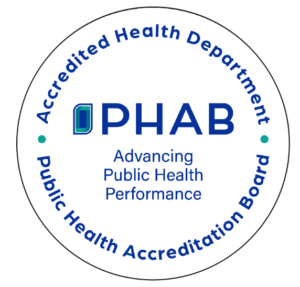The Lake County General Health District was notified by the Ohio Department of Health of a confirmed human case of La Crosse encephalitis in a Lake County Resident. This is the third case of La Crosse encephalitis in Lake County in the last 10 years, and the first since 2014.
La Crosse encephalitis is a viral disease spread to people by the bite of an infected Aedes triseriatus (Eastern tree hole) mosquito. Tree hole mosquitoes are generally found in woodland/forested environments, including suburban areas, and are rare in open areas. They prefer to lay eggs in pools of water found in tree holes, but will also lay eggs in man-made water-holding containers, particularly discarded tires. Their eggs can live through the winter when located in dry sites, and become active with water in spring. The females most often feed on the blood of mammals, birds, reptiles, and amphibians. Main hosts for this mosquito are the eastern chipmunk, the gray squirrel, and fox squirrels.
Many people infected have no visible symptoms. Some of those who become ill develop severe neuroinvasive disease (disease that affects the nervous system). Severe disease often involves encephalitis (an inflammation of the brain), and can include seizures, coma, and paralysis. Severe disease occurs most often in children under the age of 16.
Although the mosquito season has ended in Northeast Ohio, you can still do your part to control breeding sites for next spring. Here are some tips for homeowners to reduce mosquito breeding sites:
- Dispose of tin cans, old tires, buckets, unused plastic swimming pools, plastic covers, or other containers that collect and hold water.
- Keep roof gutters unclogged. Clean gutters in the spring and fall.
- Fill or drain puddles, ditches, and swampy areas, and either remove, drain, or fill tree holes and stumps with mortar.
- Eliminate seepage from cisterns, cesspools, and septic tanks.
- Eliminate standing water around animal watering troughs.
For more information on La Crosse, please visit Centers for Disease Control and Prevention’s website at https://www.cdc.gov/lac/index.html.

